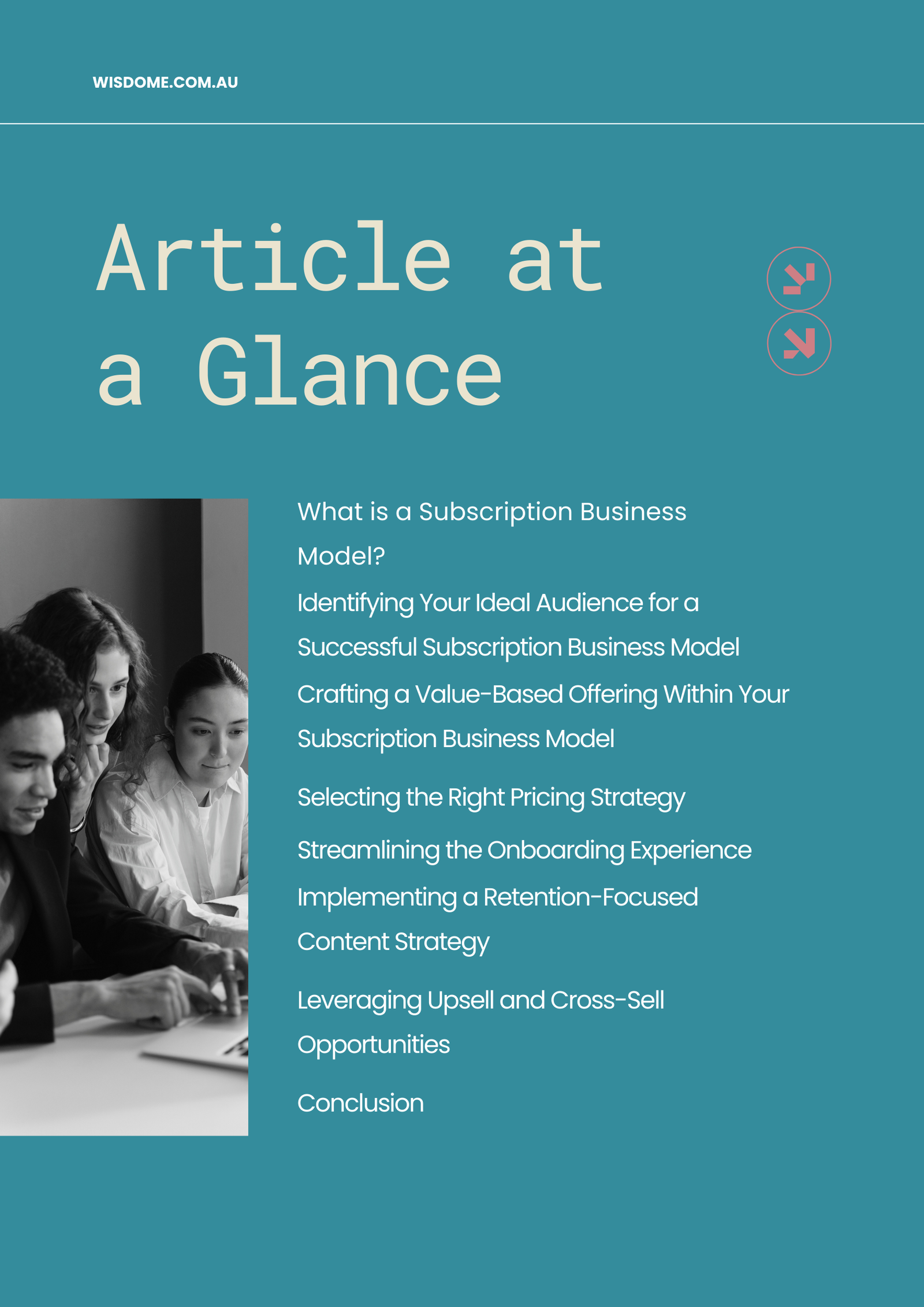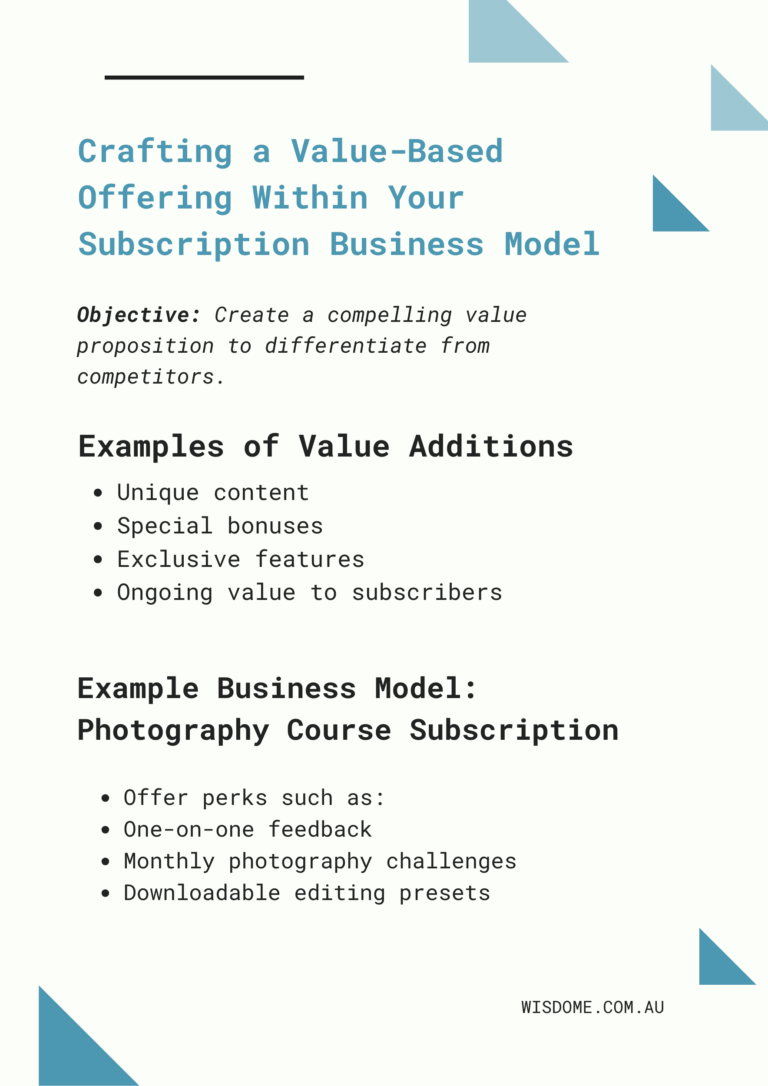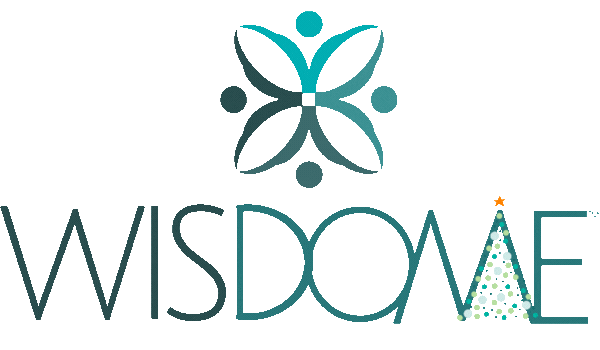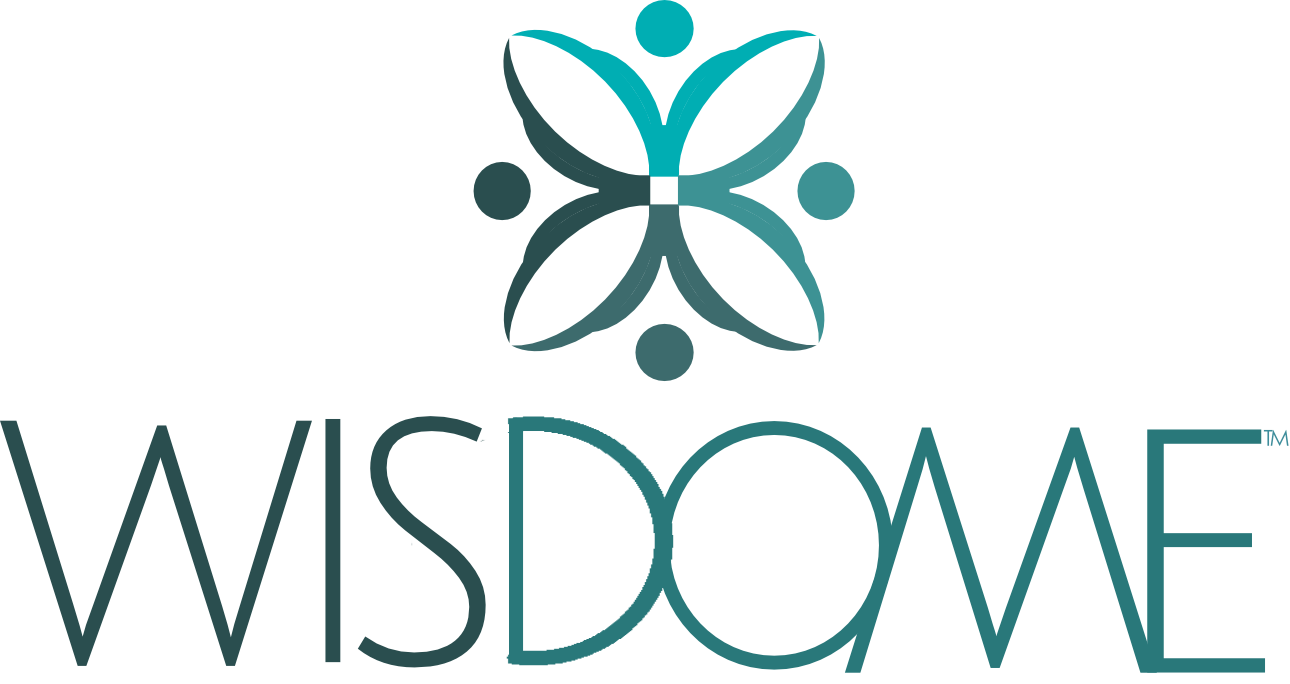
Imagine the peace of mind that comes with knowing your income is consistent and predictable through a subscription business. For course creators, establishing a solid subscription business model can be transformative. However, to build a successful membership business, thoughtful planning and the right strategies are essential. In this article, we’ll explore key strategies to create a resilient subscription business that brings long-term success.
What is a Subscription Business Model?
A subscription business model allows customers to access ongoing services or content in exchange for recurring payments. For course creators, this involves providing ongoing access to valuable educational resources, exclusive content, or promoting a sense of community.
The core elements of a successful business model for subscription services include:
- Recurring subscription revenue streams.
- Building strong customer relationships.
- Minimising acquisition costs by focusing on retention.
Why It Matters
A well-structured subscription business model ensures reliable recurring revenue, encourages deeper customer relationships, and enhances the overall customer experience. With a solid foundation, your subscription business can thrive and scale while reducing acquisition costs.
Tip #1: Identifying Your Ideal Audience for a Successful Subscription Business Model
Why Audience Targeting is Essential
Understanding your audience is critical to the sustainability of any subscription business. By targeting a specific group, you can lower costs and concentrate your marketing efforts on the right people, increasing the chances of long-term retention.
How to Identify Your Ideal Audience
- Run surveys and collect feedback to gain deeper insight into your customers’ needs.
- Use data analytics to refine your audience profiles and develop a niche focus.
Example: If you’re a yoga instructor offering online courses, rather than targeting the broad fitness market, you might focus on “yoga for beginners over 40.” This specific niche allows you to create highly relevant content, leading to higher customer engagement.

Tip #2: Crafting a Value-Based Offering Within Your Subscription Business Model
Developing Value Proposition For a Subscription Business Model
Your subscription business needs a compelling value proposition that sets you apart from the competition. This could include unique content, special bonuses, or exclusive features that provide ongoing value to your subscribers.
Outcome:
- Enhanced customer relationships through consistent value delivery.
- Increased loyalty and reduced churn, leading to more stable recurring revenue.
Example: If you run a photography course subscription, offering perks like one-on-one feedback, monthly photography challenges, or downloadable editing presets can significantly enhance the customer experience and loyalty. These added values help differentiate your offering and keep subscribers engaged.

Grow Your Business with Confidence in 2025
Want to Grow Your Business in 2025? This Masterclass Will Show You How.
Are you unsure of the next steps for your business? Now’s the moment to take action. In our Plan Your Path for 2025 Masterclass, we’ll guide you through building a strategic business plan that drives real growth—whether you’re scaling an online community, creating irresistible offers, or launching a game-changing product.
By the end of the session, you’ll walk away with a detailed, actionable plan to scale your business, identify untapped opportunities, and deliver extraordinary value that keeps customers coming back.
We’re keeping this session small and personalised to ensure you get our focused attention.
Event date and time:
Tuesday, 29 October 2024
12:30 p.m. – 2:30 p.m. AEST
Tip #3: Selecting the Right Pricing Strategy
Choosing the Optimal Subscription Business Model Pricing
Getting your subscription pricing right is crucial for your business’s success. Tiered pricing, offering different access levels at varied price points, can optimise revenue and appeal to different customer groups.
Tips for Effective Pricing Strategy:
- Experiment with various pricing strategies to find what works best for your audience.
- Ensure your pricing reflects the value you’re offering.
- Regularly review and adjust your prices based on customer feedback and market trends.
Example: A language learning platform might use a tiered pricing model, with a basic tier offering access to pre-recorded lessons and a premium tier including live sessions and personalised feedback. This approach helps maximise subscription revenue while providing options that suit different needs.
Tip #4: Streamlining the Onboarding Experience
Why Onboarding Matters
A smooth onboarding process is key to building strong customer relationships from day one. Reducing friction during the onboarding experience can lead to higher customer satisfaction and retention rates, ensuring steady subscription revenue over time.
Best Practices for Onboarding:
- Send a warm welcome email with clear next steps.
- Provide a quick-start guide or video tutorial to help users get started easily.
- Ensure easy access to customer support or a dedicated community for questions.
Example: If you offer a coding course, your onboarding might include a “Getting Started” guide with tutorial videos and an invitation to a live Q&A session in the first week. By supporting your subscribers early, you can enhance their overall user experience and improve retention.
Tip #5: Retention-Focused Content Strategy In a Subscription Business Model
Keeping Subscribers Engaged with Valuable Content
Keeping your subscribers hooked with fresh, relevant, and exclusive content is key to boosting retention and maintaining steady recurring revenue. A well-planned content strategy can greatly reduce your dependence on constant customer acquisition.
Key Content Strategies:
- Regularly update your courses to ensure they remain relevant.
- Offer exclusive events or live sessions to keep subscribers engaged.
- Create a community space where subscribers can interact and provide feedback.
Example: For a cooking course subscription, updating content regularly with new recipes, hosting live cook-along events, and creating a subscriber-only community can help keep your audience engaged and enhance the overall customer experience.
Tip #6: Leveraging Upsell and Cross-Sell Opportunities
To fully capitalise on your subscription business model, explore ways to increase revenue through upselling or cross-selling additional products and services.
Revenue Expansion Techniques:
- Offer a subscription box with relevant products, such as gear or materials that complement your course.
- Provide premium add-ons like one-on-one coaching or additional resources.
- Present occasional one-time offers that align with subscribers’ interests.
Example: A fitness course subscription might offer a subscription box that includes workout gear, supplements, or apparel. You could also cross-sell related services like personal training or nutritional plans, adding value to your offer and increasing subscription revenue.
Conclusion
Building a sustainable subscription business model takes vision, strategy, and dedication. By identifying your ideal audience, delivering ongoing value, and refining your pricing and retention strategies, you can create a thriving, resilient business.
Ready to transform your business? Join our Plan Your Path for 2025 Masterclass and start shaping a profitable subscription business model that lasts!








